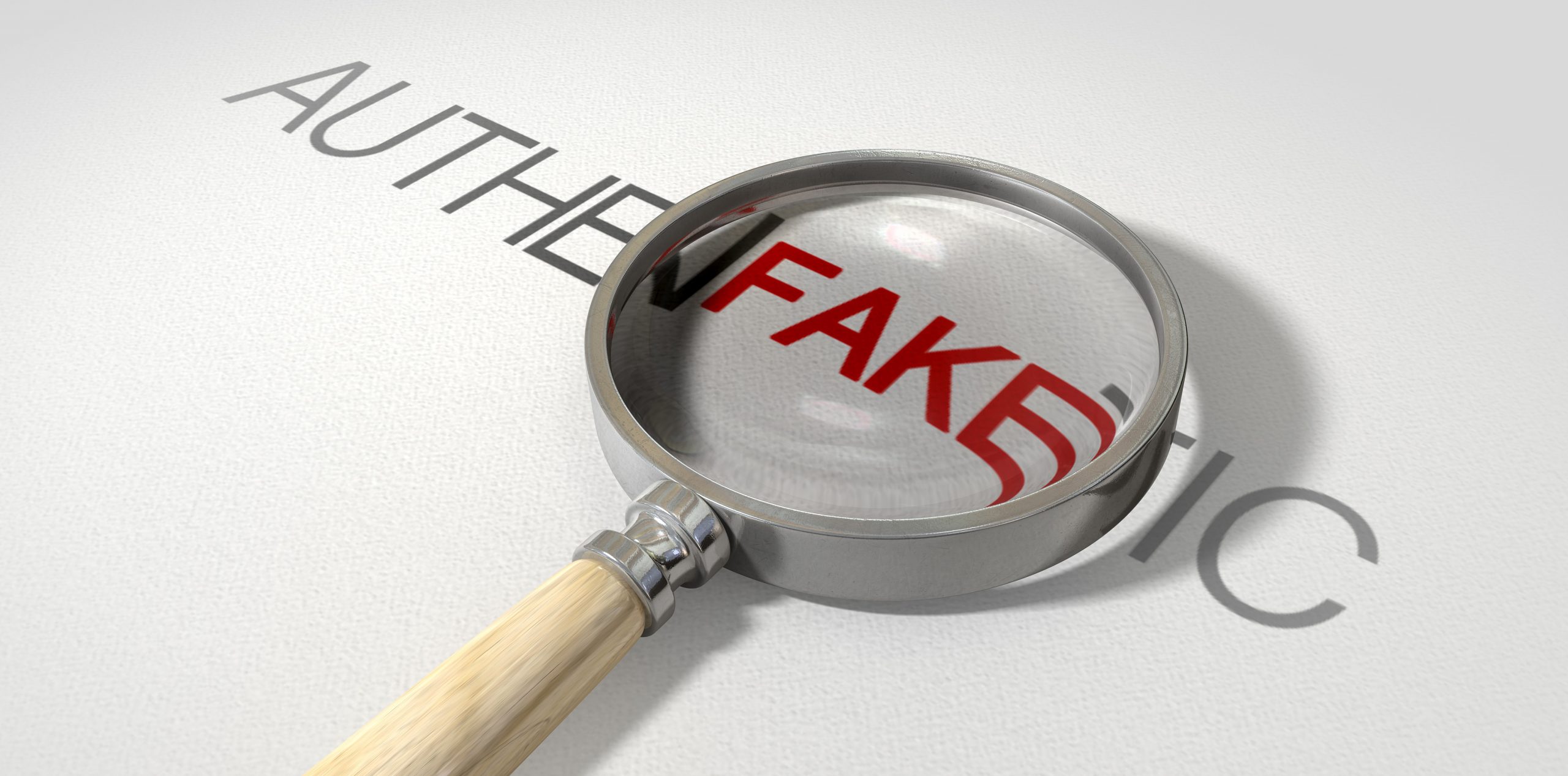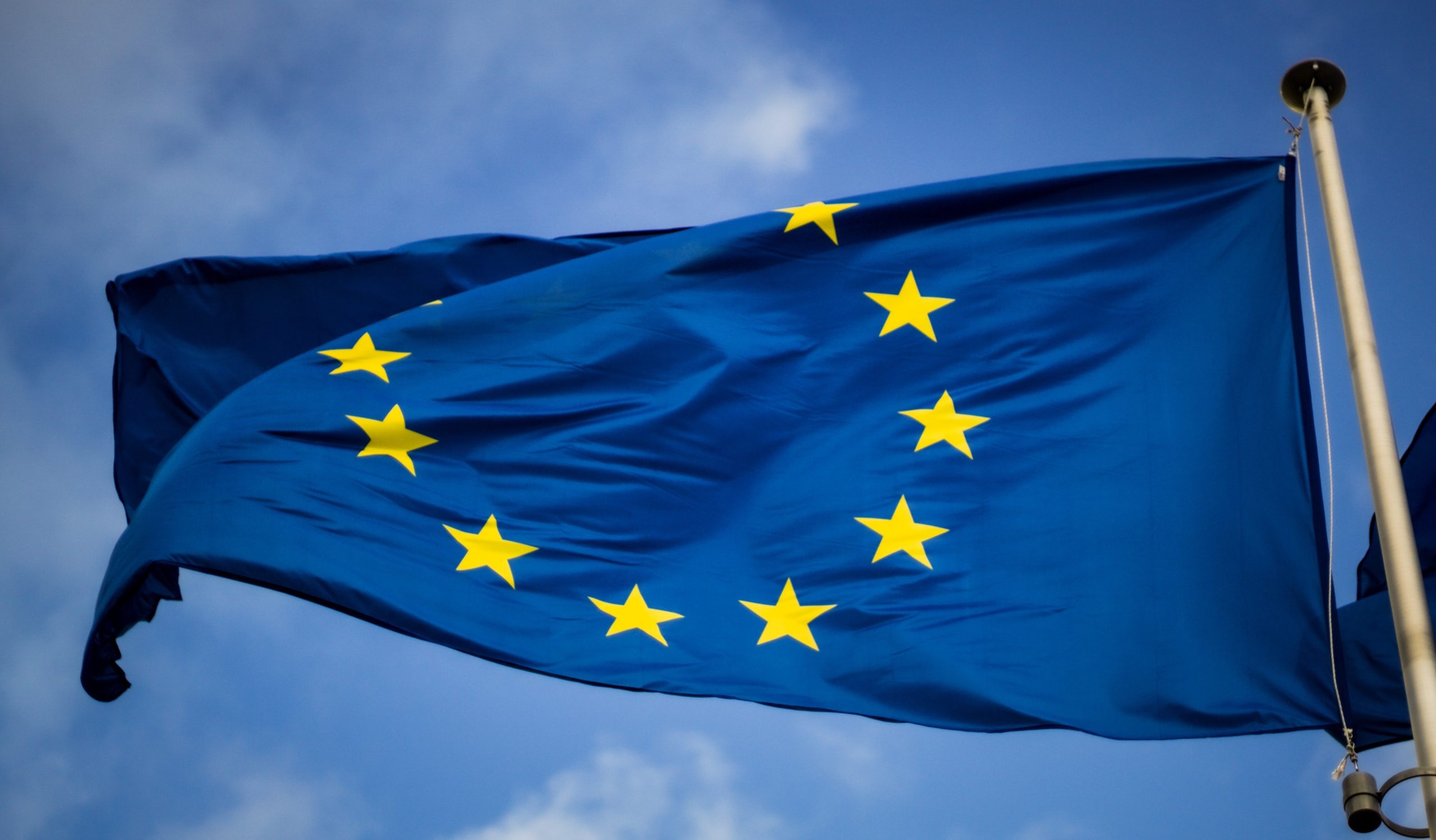New technologies and AI applications are dramatically changing landscape in many different fields and markets.
In 2019, the estimated value of the art market was deemed to have reached USD 64.1 billion, with USD 19.9 billion spent on ancillary and external support services for the global art trade.
Typically, transactions relating to the art market and creative industries are inherently characterized by a generalized lack of transparency and trust, as well as information asymmetry. Based on certain estimates, up to 50 percent of the art circulating on the market is forged or misattributed.
The main sources of concern among market participants are therefore connected with the due diligence exercise: significant resources are deployed to assess the authenticity, provenance, lack of forgery, and artwork conservation status. Also, the art industry has usually been reluctant to consistently rely on traditional legal services. A large number of transactions between market operators are carried out in a “grey area” lacking complete data and supporting documentation, as well as appropriate contractual tools (especially for non–auction transactions). While emerging artists typically do not focus on seeking adequate legal protection when entering the market, also transactions involving the major art collectors and dealers are mostly executed on the basis of trust and secret, informal gentlemen’s agreement, rather than relying on heavily negotiated and detailed legal contracts, as the value of the underlying asset would suggest.
In this contest Blockchain can represent an important player for the development of the art market reducing the risks related to transactions.
Blockchain is a shared and immutable set of data that records a series of transactions, connected to each other using cryptography. Such infrastructure allows parties to enter into transactions securely (despite the lack of prior relationships between them) and without the need to rely on a centralized trusted authority. In the context of the art market, blockchain might facilitate provenance tracking and traceability, and improve the procedures required for the authentication of the work of art.
As a consequence, trust and transparency of transactions involving artworks would be enhanced. Information on the work’s origin, any subsequent sale or terms of licensing, its conservation status, any security interest or other encumbrances granted over it, as well as any export restrictions imposed by the relevant authorities could be embedded through metadata in the public blockchain ledger and be immediately accessible to all market participants, in a secure and immutable way. Time and costs of the due diligence procedure would be greatly reduced, while the certainty of data relating to the artwork would be increased. Since the lack of transparency and the information asymmetry are among the main concerns affecting trades on the market, this technology could be expected to inject trust in the system, thereby increasing the volume of sales and, potentially, prices too (since uncertainties of attribution would not have to be discounted from the negotiated acquisition price).
Clearly, different levels of certainty on the authenticity could be achieved, depending on the timing of an artwork’s recording on the blockchain ledgers:
- (i) with respect to new artworks, the artist could immediately register the piece of work on the platform. Every subsequent sale and any other circumstances relating to it would therefore be tracked since the moment of its very creation. Absolute grounds of certainty on the origin of the artwork and its attribution to the author could therefore be achieved and enjoyed by each subsequent buyer;
- (ii) with respect to already existing artworks (where the author’s certification is not possible), the platform would include the off-chain data collected as of the date of its registration on the public ledgers. Although the certainty on the authenticity would rely on separate, off-chain assessments, the deployment on the blockchain would set a specific moment in time starting from which the information available on a piece of art has been crystalized.
Similarly, the use of blockchain technology would have a dramatic impact on the transfer of conceptual and performing art. In conceptual art, the artistic expression is the author’s idea itself, which is considered more important than the actual finished “physical” piece of art (which can also be completely absent).
Conceptual and performance art are increasingly relevant in the market. Several among the latest winners of the world’s most prestigious art exhibitions, as well as the most discussed artists in today’s cultural scene, are conceptual artists and performers (e.g., the Sun & Sea Marina opera which won the 2019 Venice Biennale, or Cattelan’s “Comedian” – a set of instructions on how to duct-tape a fresh banana to a wall).
Since a concrete piece of work does not exist, and the art object is intangible and fully dematerialized, the need for appropriate legal tools becomes particularly relevant. Several conceptual and performing art expressions only exist as a set of documented instructions, embodied in a certificate or a contract between the artist and the buyer, detailing how a certain performance has to be put in place (or “reactivated”). Therefore, the artwork itself only comes into existence because the description of the idea’s execution is embodied in a binding legal instrument.
The document incorporating the instructions to “reactivate” the performance could be entirely recorded on the blockchain ledger by the artist and, once sold to a buyer in exchange for a payment (including through cryptocurrencies), the electronic file containing such instructions would be automatically sent to the buyer, who would then have access to the information and would be authorized to put the performance in place. With respect to conceptual art, blockchain could therefore provide a unified and standardized marketplace. In theory, a unique digital environment could include a database of all conceptual artworks, as well as a comprehensive set of legal tools necessary for the protection and circulation of performance art.
Blockchain technology can also be applied to expand the number of potential individuals interested in investing in fine arts. Barriers to entry in the art market are usually extremely high, both in terms of required financial resources and necessary time and knowledge to appropriately evaluate which works should be purchased and at what price. Cryptographic tokens consist in smart contracts running on a blockchain, which represent digital or physical assets. In the art market, the works could be maintained by a custodian with the necessary resources and experience to preserve the assets. Investors in tokens would be allowed to purchase a portion of the artwork (with payments made through cryptocurrencies), thereby contributing to the cost of acquisition and maintenance of the piece of art. Both the initial sale through digital tokens and their subsequent trading would be carried out on the blockchain infrastructure. Holders of the tokens would be able to transfer their certificates to other buyers on the same digital marketplace. These ownership fractioning tools would enhance the participation of small investors in the art market, leading to an increased demand for artworks and a consequential possible increase in prices. A platform allowing investors to acquire and trade portions of artworks could benefit from such a wide audience to market and offer additional legal and other ancillary services. In a related context, several museums could also use tokens to join forces in order to acquire certain pieces of art to be shared among their collections. The museums could therefore offer their visitors a specific artwork only bearing a portion of its price and its maintenance and restoration costs.
The ones illustrated above, are just some of the features of the art market which perfectly fit with the utilization of the blockchain technology. It is therefore to be hoped that the Blockchain will play an increasingly important role in the art sector as in all other fields in which it could be applied.
(1) “The Art Market 2020 – An Art Basel & UBS Report”, prepared by Dr. Clare McAndrew.
(2) Deloitte, “Art & Finance Report 2019”
(3) https://news.artnet.com/market/over-50-percent-of-art-is-fake-130821 (last access: 25 May 2020)
(4) Alessandra Donati, “Art as Idea as Idea: diritto e creazione artistica contemporanea” – in V. Barsotti, Arte e Diritto (2017)
(5) Marcus O’Dair, “How blockchain is transforming the creative industries”, Middlesex University (2017)
(6) Aaron Wright and Primavera De Filippi, “Decentralized Blockchain Technology and the rise of Lex Cryptographia”
(7) https://www.realwire.com/releases/First-ever-multi-million-dollar-artwork-tokenised-and-sold-on-blockchain (last access: 28 May 2020)
(8) https://www.theartnewspaper.com/news/sizing-up-fractional-ownership-of-art (last access: 28 May 2020)
(9) https://www.artbasel.com/news/blockchain-artworld-cryptocurrency-cryptokitties (last access: 28 May 2020)



